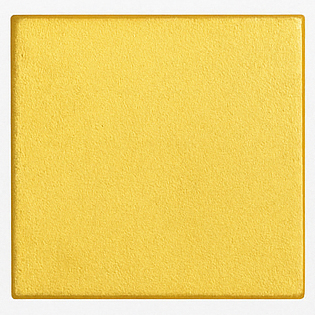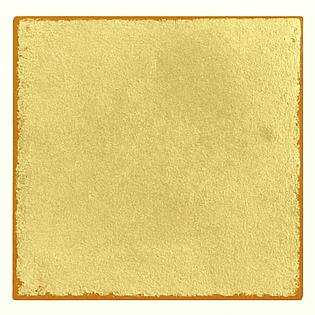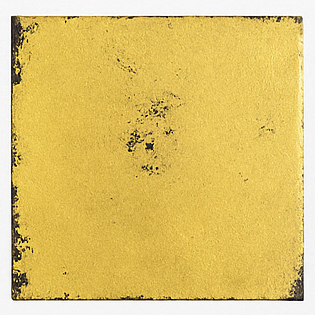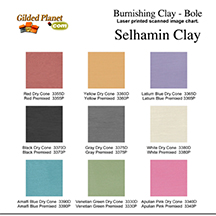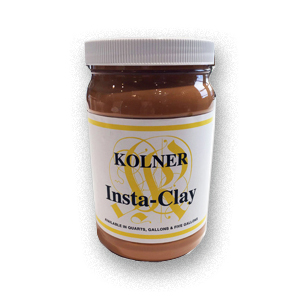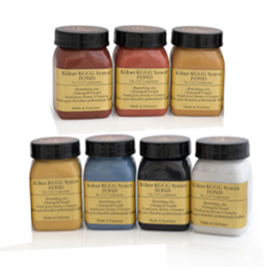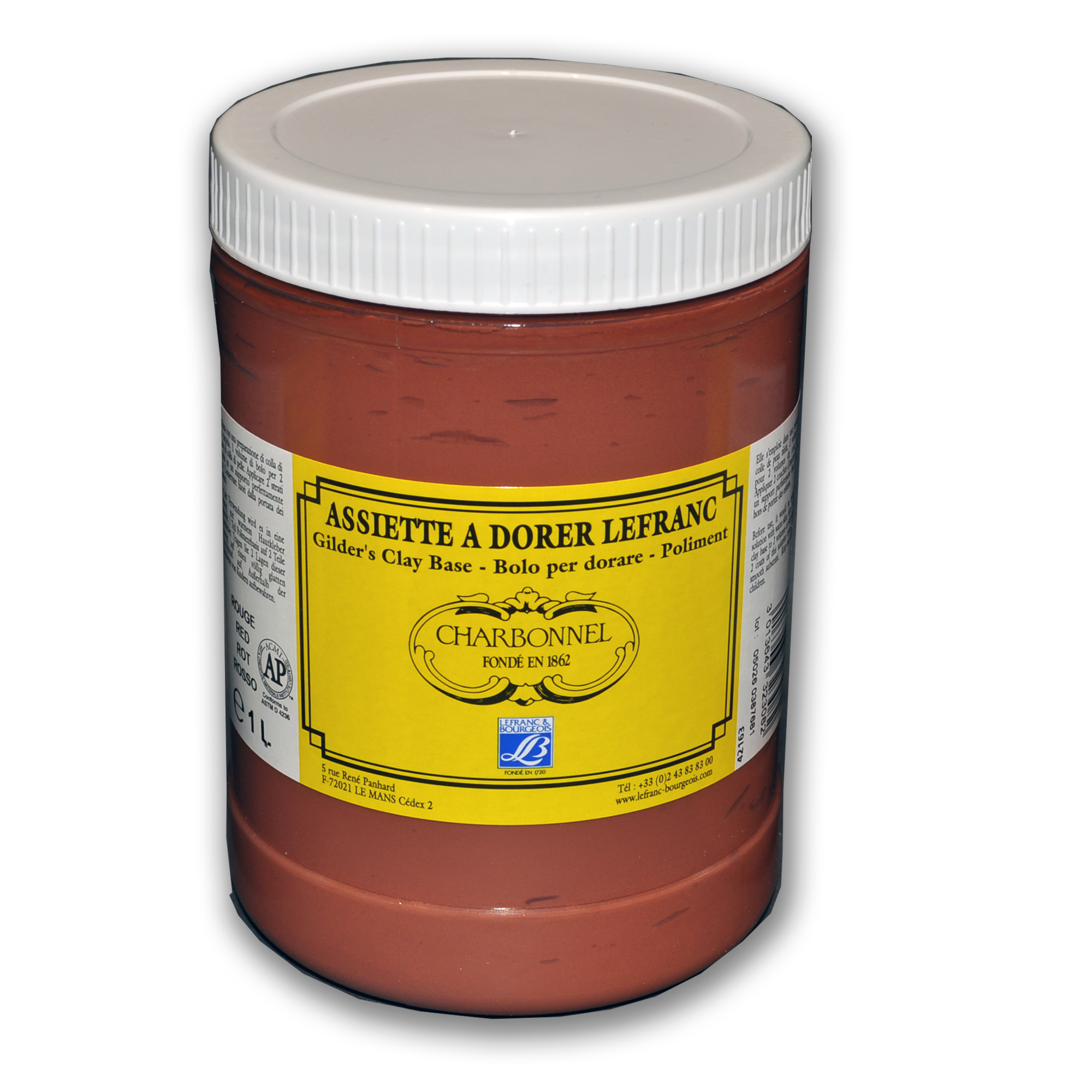Traditional Clay Bole – What Is Clay Bole?
The classic ground for water gilding with genuine gold leaf.
Bole is a finely ground clay mixed with glue that forms the traditional foundation for water gilding. Applied over gesso, it creates a smooth, slightly absorbent surface that allows gold leaf to be laid, burnished, and aged with beautiful depth of color.
This page explains what clay bole is, how different colors influence the final appearance of the gold, and why bole remains essential in conservation, frame making, icon painting, and high-level gilding work.
What is 'Bole'? And Why Do We Use It?
Bole is a finely ground clay traditionally used in water gilding to enhance the final appearance of gilt surfaces. The color of the bole under the leaf significantly affects the look of the gilded surface, making it a crucial tool for creating unique and original finishes with genuine and metal leaf.
Why Choose Traditional Clay Bole?
Traditionally, bole was made from clay. When mixed with the right proportions of animal hide glue, it creates an ideal base for applying genuine gold leaf. Genuine clay bole provides an excellent substrate for use with an agate burnishing tool, producing the mirror shine that characterizes traditional water-gilded surfaces. True clay bole is typically used in traditional water gilding applications such as icons, furniture, frames, and other objects. While paint is often used as a substitute today, true clay bole remains unmatched for achieving authentic results.
The Role of Burnish Clay in Gilding
Gilder’s burnish clay, or clay bole, is an essential component of the traditional water gilding system with gold and silver leaf. Applied in multiple thin coats over a primed or gessoed surface, burnish clay allows water-gilded gold or silver to be polished to a mirror-like gloss finish.
Learn more about mixing hide glues with clay and making gesso.
Traditional Bole Colors
Colors shown below are traditional bole colors, and represent the true clay bole colors we offer as our 'pre-mixed Kohlner Instaclay colors'.
For 'Simulated Bole' Applications Using Paint
Recommended Paint Types
For simulated bole applications, you can use both latex and oil-based paints. Innaddition to artist paints, house paint from major paint maunufacturers work great too. We recommend an eggshell sheen finish. The color numbers referenced above are based on Benjamin Moore paint swatches that closely match the true clay bole color tones. Alternatively, you can take these color numbers to your local paint supply store, such as Sherwin Williams, Behr, Dulux, Pittsburgh, Pratt and Lambert, and many others, for color matching. Your local store will have the codes to match these colors accurately.
Experimenting with Different Bole Colors Under Your Gilding
Using different colors of bole under your gilding can significantly affect the overall appearance of the finished product. Here are some examples:
Traditional Terra-Cotta: Adds warmth to both gold and silver leaf.
Black Bole: Creates a harder, colder look, ideal for Art Deco or Neoclassical pieces.
Yellow Bole: When used with genuine or imitation gold, it evens out the overall appearance and reduces the visibility of any cracks or 'holidays' on the gilded surface.
Change it up and experiment with different colors to achieve the desired effect for your gilding projects.

